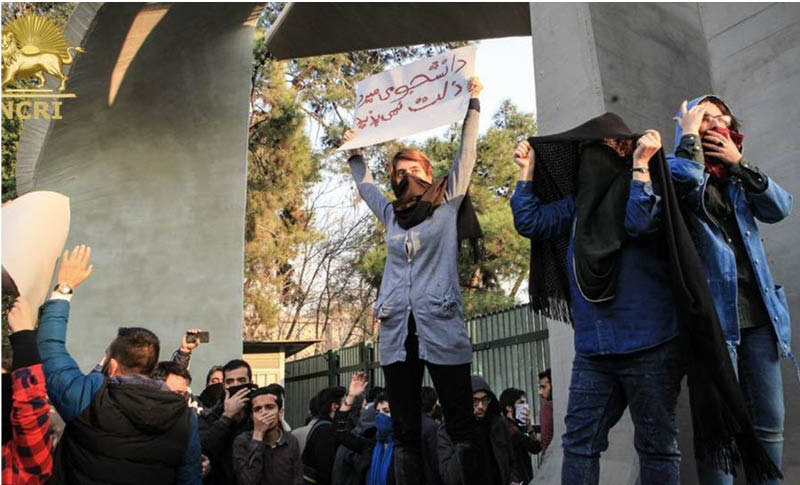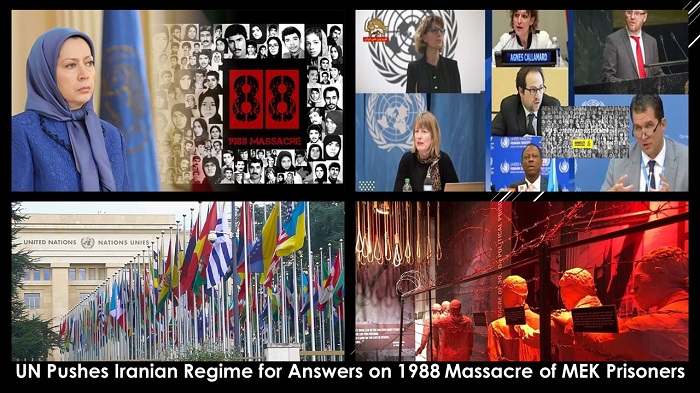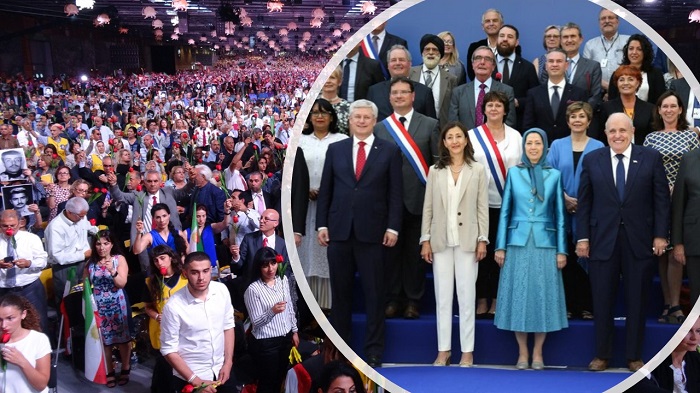
Analysis by The People’s Mojahedin Organization of Iran (PMOI / MEK Iran ) and the National Council of Resistance of Iran (NCRI), showed that Iranian society is on the verge of explosion. While the mullahs’ regime clings on to its fragile rule through brutal suppression. Unlike many other governments whose priority has been to combat the Covid-19, Iran’s regime has tried to use the pandemic to prolong its power.
More than 194,400 people have died of the novel #coronavirus in 478 cities checkered across all of #Iran's 31 provinces, according to the Iranian opposition PMOI/MEK. pic.twitter.com/0VQiowjvRS
— People's Mojahedin Organization of Iran (PMOI/MEK) (@Mojahedineng) December 30, 2020
The death toll in Iran from Covid-19 is nearing the 200,000 marks despite the unreliable official figures being far less. The Iranian opposition the National Council of Resistance of Iran (NCRI) and the People’s Mojahedin Organization of Iran (PMOI / MEK Iran), reported that the death toll at over 194,400 across 478 of Iran’s cities.
Iran has been hit harder than any other surrounding country by coronavirus outbreaks, and that hardship has been exacerbated by worsening conditions in other areas. Human rights violations have never been stopped by the mullahs’ regime.
Those crises have grown worse throughout 2020, mainly because of the regime’s culpability for uncontrolled infection and because the regime has aggressively cracked down on dissent especially supporters of the main Iranian opposition (PMOI / MEK Iran) to calm its own worry over recent outpourings of popular dissent.

November 2019 nationwide uprising happened two months before the start of the year, people in nearly 200 Iranian cities across Iran participated in a spontaneous uprising that revived, anti-regime slogans from the previous uprising at the beginning of 2018.
The international community has been thoroughly distracted by the coronavirus pandemic. The European policymakers were preoccupied with trying to salvage the 2015 Iran nuclear deal, prioritizing their economic interests over the Iranian people’s rights and their own humanitarian values. However, 2020 also witnessed important steps regarding the regime’s human rights record and its other malign activities.
Now, it is a step closer to an official investigation into the 1988 massacre by UN Special Rapporteurs after a letter by UN human rights experts was released.

The letter describes the 1988 massacre as a “crime against humanity” and demands that the mullahs’ regime agrees to an impartial internationally led investigation. There is no doubt that the release of this letter is a major embarrassment to the Iranian regime.
Amnesty International promptly called that letter as marking a “turning point” in the three-decade struggle to hold someone accountable for the killings.
The regime’s response to the uprisings in January 2018 and November 2019, and to a wide range of other outpourings of dissent inside Iran. The regime resolved to take their fight with the main opposition beyond Iran’s borders, Tehran plotted to set off a bomb at the Free Iran gathering that was organized near Paris in June 2018 by the National Council of Resistance of Iran (NCRI).

That plot was disrupted by European security services and the conspirators were apprehended. Among them was a high-ranking diplomat-terrorist, Assadollah Assadi, who was serving as the third counselor at the regime’s embassy in Vienna and has since become the first such diplomat to be formally prosecuted in connection with terrorist activity. The significance of this development can hardly be understated. Assadi’s trial is indeed the trial of the entire regime, which based on evidence, sought to eliminate the Iranian Resistance movement in 2018.
In the aftermath of 2020, the International community should stand by the Iranian people and their Resistance movement in ousting the regime.
and People’s Mojahedin Organization of Iran – MEK IRAN – YouTube







